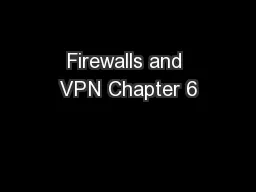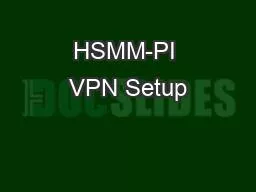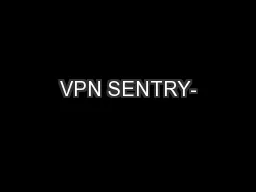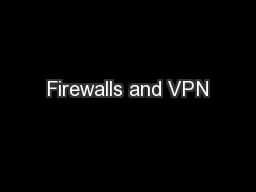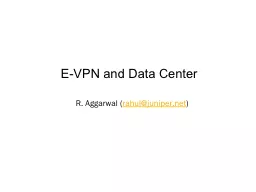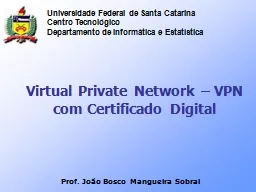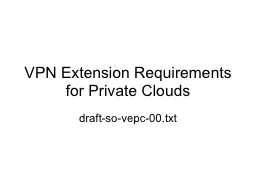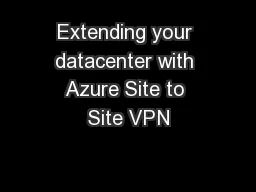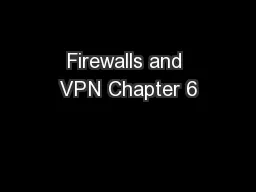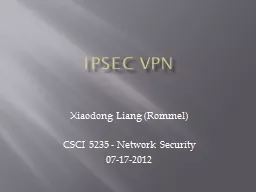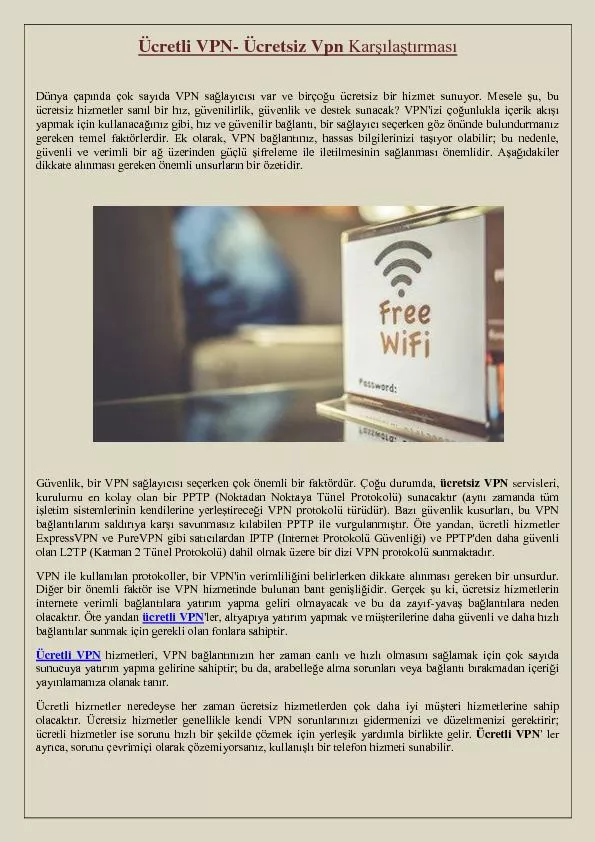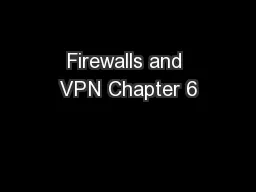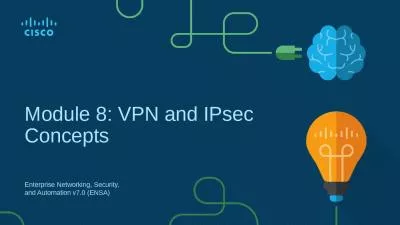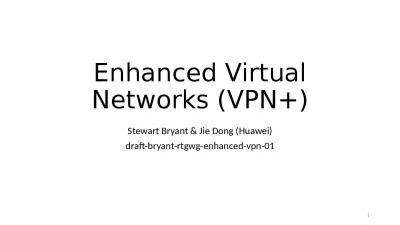PPT-Firewalls and VPN Chapter 6
Author : alida-meadow | Published Date : 2018-09-22
Introduction Technical controls essential Enforcing policy for many IT functions Not involve direct human control Improve organizations ability to balance Availability
Presentation Embed Code
Download Presentation
Download Presentation The PPT/PDF document "Firewalls and VPN Chapter 6" is the property of its rightful owner. Permission is granted to download and print the materials on this website for personal, non-commercial use only, and to display it on your personal computer provided you do not modify the materials and that you retain all copyright notices contained in the materials. By downloading content from our website, you accept the terms of this agreement.
Firewalls and VPN Chapter 6: Transcript
Download Rules Of Document
"Firewalls and VPN Chapter 6"The content belongs to its owner. You may download and print it for personal use, without modification, and keep all copyright notices. By downloading, you agree to these terms.
Related Documents

